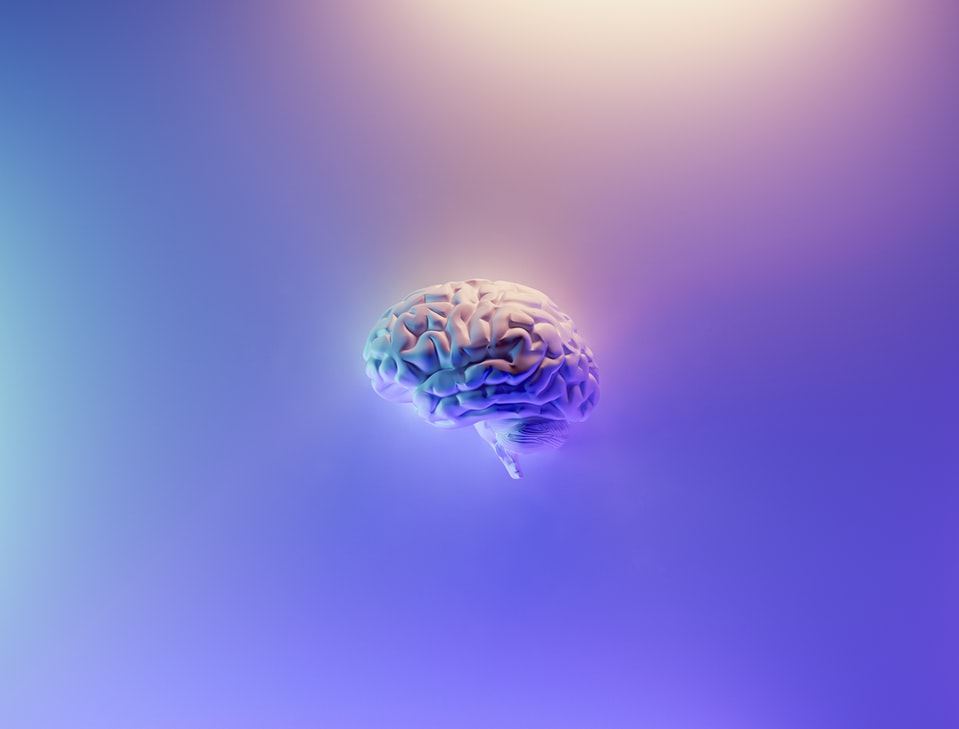Long-term use of psychedelic drugs is associated with differences in brain structure and personality in humans
Authors:
José Carlos Bouso, Fernanda Palhano-Fontes, Antoni Rodríguez-Fornells, Sidarta Ribeiro, Rafael Sanches, José Alexandre S. Crippa, Jaime E. C. Hallak, Draulio B. de Araujo, and Jordi Riba.
Journal:
European Neuropsychopharmacology
Year:
2015
About the study
Despite the growing interest for the potential use of psychedelic drugs as therapeutic agents, little is known about the impact of their sustained use on the human brain. Thus, with the aim to fill this gap, we postulated that repeated exposure to psychedelics would correlate with changes in brain structure.
In order to test this hypothesis, we investigated brain cortical thickness (CT) in 22 chronic psychedelic drug users who had minimal exposure to other drugs and compared them with their matched controls.
We found that the regular use of a psychedelic was associated with structural differences in the medial aspects of the frontal and parietal cortices. These differences were associated with prior drug exposure and with greater ST, a personality trait reflecting religiousness and spirituality. These data suggest that regular use of psychedelic drugs could potentially lead to changes in brain tissue.
Abstract
Rationale: Psychedelic agents have a long history of use by humans for their capacity to induce profound modifications in perception, emotion and cognitive processes. Despite increasing knowledge of the neural mechanisms involved in the acute effects of these drugs, the impact of sustained psychedelic use on the human brain remains largely unknown. Molecular pharmacology studies have shown that psychedelic 5-hydroxytryptamine (5HT)2A agonists stimulate neurotrophic and transcription factors associated with synaptic plasticity. These data suggest that psychedelics could potentially induce structural changes in brain tissue.
Methods: Here we looked for differences in cortical thickness (CT) in regular users of psychedelics. We obtained magnetic resonance imaging (MRI) images of the brains of 22 regular users of ayahuasca (a preparation whose active principle is the psychedelic 5HT2A agonist N,N-dimethyltryptamine (DMT)) and 22 controls matched for age, sex, years of education, verbal IQ and fluid IQ.
Results: Ayahuasca users showed significant CT differences in midline structures of the brain, with thinning in the posterior cingulate cortex (PCC), a key node of the default mode network. CT values in the PCC were inversely correlated with the intensity and duration of prior use of ayahuasca and with scores on self-transcendence, a personality trait measuring religiousness, transpersonal feelings and spirituality.
Conclusions: Although direct causation cannot be established, these data suggest that regular use of psychedelic drugs could potentially lead to structural changes in brain areas supporting attentional processes, self-referential thought, and internal mentation. These changes could underlie the previously reported personality changes in long-term users and highlight the involvement of the PCC in the effects of psychedelics.
Photo by Fakurian Design on Unsplash.
Categories:
Studies & papers
, Psychedelics
Tags:
ayahuasca
, scientific research
, study
, DMT
, psychoactive
, psychedelics
, hallucinogens
, drug dependence
, personality
, brain
If you would like to read the full article, please contact our Science and Research team.

